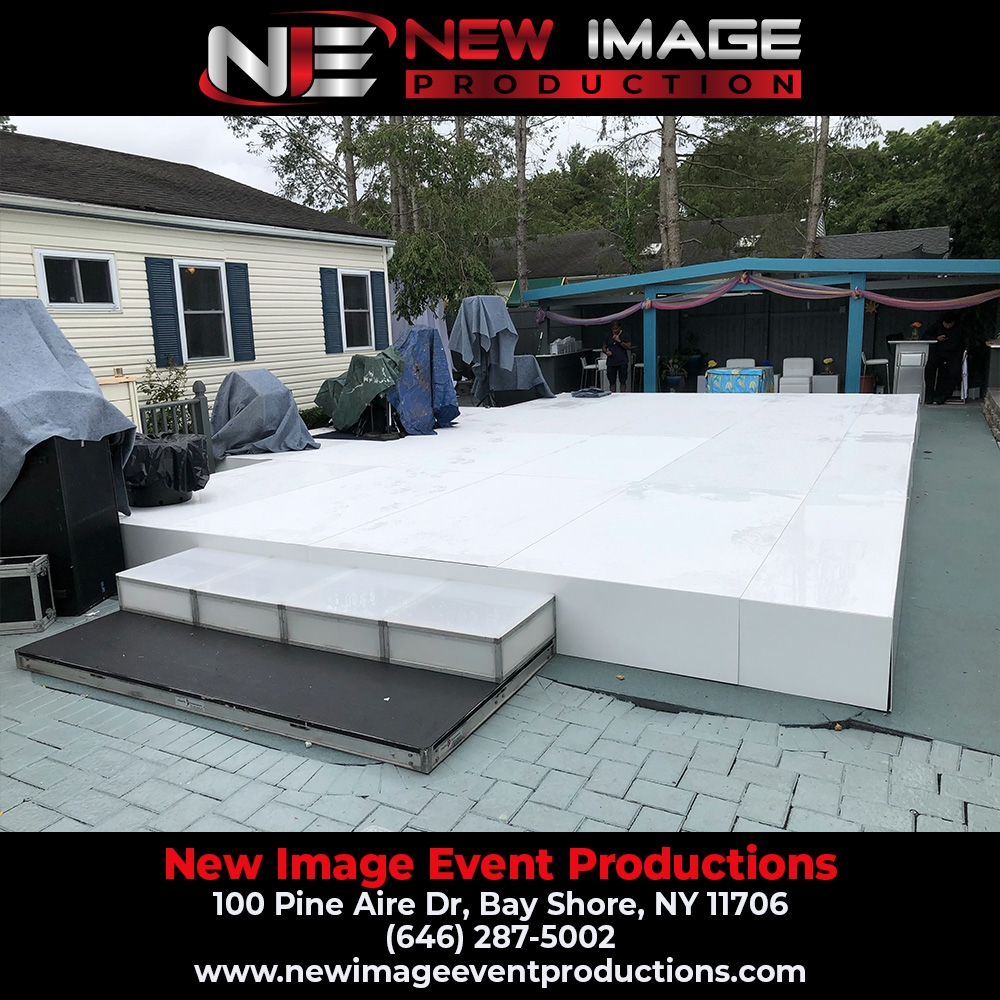Power Amplifiers
How does a Class-D power amplifier differ from a Class-A power amplifier?
A Class-D power amplifier differs from a Class-A power amplifier in terms of efficiency and operation. Class-D amplifiers use pulse-width modulation to switch the output transistors on and off rapidly, resulting in higher efficiency and less heat dissipation compared to Class-A amplifiers, which operate in a linear mode and are less efficient. This makes Class-D amplifiers ideal for applications where power efficiency is crucial, such as in portable audio devices.
Components of a Sound Reinforcement System







